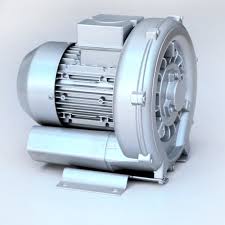How Roots-type Blowers ?
Roots-type blowers are positive displacement pumps that utilize two rotating lobes (or rotors) within a casing to move air or gas from one location to another. They operate on the principle of external compression, meaning the compression happens outside the blower itself.
Here’s a more detailed explanation:
Working Principle:
-
Two Rotors:A Roots blower consists of two rotors with lobes that intermesh as they rotate.
-
Trapping and Moving Air:As the rotors turn, they trap a fixed volume of air between the lobes and the casing.
-
External Compression:The trapped air is then moved from the intake side to the exhaust side, where it is discharged into a system with a resistance, causing a pressure increase.
-
No Internal Compression:Unlike other types of compressors, Roots blowers do not compress the air within the blower itself.
Key Features:
-
Positive Displacement:Roots blowers are positive displacement machines, meaning they deliver a consistent volume of air for each revolution.
-
Constant Flow:This positive displacement results in a relatively constant and predictable airflow.
-
Low Pressure Applications:They are typically used in low-pressure applications, such as pneumatic conveying, aeration in wastewater treatment, and as superchargers in engines.
-
Oil-Free Operation:Many Roots blowers are designed for oil-free operation, making them suitable for applications where oil contamination is a concern.
In essence, a Roots blower acts like a pair of meshing gears that trap and transport air, creating a flow of air rather than compressing it internally.
